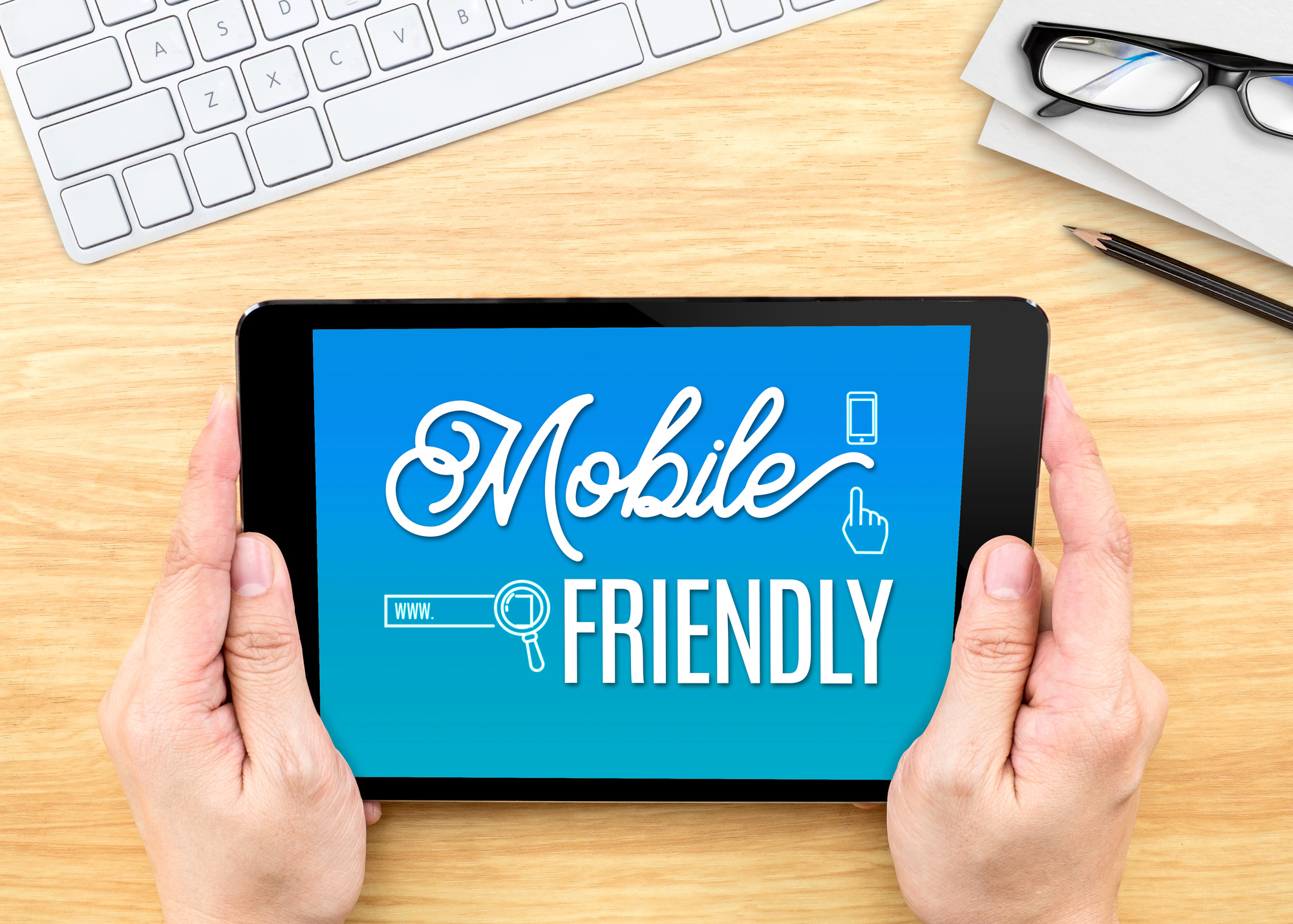Creating a user-friendly mobile website is just as important as a desktop website. Mobile users continue to increase and as personal smartphones get faster and more advanced, this number is only going to go up. But a mobile website needs to be different than a desktop since the screen is so much tinier.
Here are the 7 most important elements of a mobile website that every business should incorporate.
1. Responsiveness
The responsiveness of a website will be one of the key elements towards having a pleasant experience on your business’s mobile website. Responsiveness does not necessarily mean speed, but more of how well it flows with the user’s inputs.
For instance, if a customer wants to scroll down on the website, how long between them scrolling and the website responding is there. Does it skip around or does it run smoothly? These answers will also depend on the user’s phone as well, so keep this in mind when developing your website.
It also means how easy it is to click on aspects of the website and how well it works with the operating system they are using. If someone clicks on the search function of the website, they shouldn’t have to wait 10 seconds and wonder why it is taking so long for their keyboard to pop up.
2. Scaling
Scaling a website is important. Nothing screams poor design more to the user and search engines than when a mobile website is using the desktop site. The scaling is extremely poor and usually creates a terrible user experience.
Many website builders will now offer the option to fully optimize your website for mobile and even tablet-specific devices. This will scale down the text and images so they flow more naturally on the screen of the mobile device.
Search engines also take this user experience into account when deciding to rank your website. If there is a poor mobile experience, search engines are more likely to decrease your ranking on their website. This is going to be even more important with Google’s implementation of its UX based algorithm in 2021.
3. Speed
Speed will always be a determining factor towards customers staying on any website for any given period of time. If they notice a big lag between the time it took to click on the link to the time it takes it to load, it can mean an immediate click off of your website.
This also relates to the content that is stored on the website. It may be easy to move from one page to the next, but it does not necessarily mean everything loads at the same time. They may be able to switch to the menu quickly if you’re a restaurant, but if the pictures and texts don’t load in a timely manner, the customer could look elsewhere to eat.
4. Call-to-Action (CTAs)
Good CTAs are important for any digital marketing strategy. Nothing guarantees more conversion than sticking a CTA right where the customer needs it the most.
CTAs will typically be in several locations throughout the mobile website. They will usually present themselves in the forms of buttons or links. Buttons are extra effective because they create breaks from the normal text and pull the customer’s eyes directly to it.
These CTAs will then lead to one of three avenues. The first being a contact form on a separate page of the website. The customer can then fill out this form with their own information and open up a direct line of contact with them.
The second form is a call button. If you have a dedicated person ready to answer calls at any given time, this button saves the customer time of having to find your phone number and they will be ready to talk once someone picks up.
The last is an email, where the button opens up the customers emailing app for them to start typing up an email to contact you. It is recommended for a contact page over this strategy, as this can feel too personal for many customers, and emails from random sources like this can often end up in the spam or junk folders.
5. Imagery
Imagery is important to any visual on a mobile or desktop website. A mobile-friendly website will cater to images so the screen is not cluttered with a bunch of text. This gives it a nice breakup and makes the screen more pleasing to the customer.
Imagery also gives a sense of how the customer should be feeling. If you have a meditation website, then you can show relaxing pictures that calm the mind down. If you have a restaurant, you can highlight your best dishes to sway people towards them.
6. Simple Menu
A good mobile website will also redo the menu to be mobile-friendly. Again, customers hate big walls of text, so keep the menus short and to the point. If it is too long and over categorized, this could annoy potential customers.
7. Non-invasive Promotions
Keep promotions simple and look like more of a gesture rather than a necessity. If you have an app, don’t load in a pop-up box that takes up the entire screen. This message could move people away from the content they are seeking on the website and cause them to close out of your website.
A simple “notification at the top of the screen is usually the best way to get a visitor’s attention. They will usually be reading from the center of the screen to the bottom, so the top of the screen is typically yours to control. Introduce a simple “hey we have an app” for a pleasant experience.
A Good Mobile Website is Key to Increasing Traffic
Mobile websites are key as the smartphone era continues to expand. It would not be surprising if soon enough, we experience a majority of users using their mobile devices rather than computers. Just stay on top of these mobile design trends, and you are sure to win the hearts of your visitors and search engines.
If you’re looking to learn more about search engine optimization and the importance it plays in ranking your website, be sure to check out our other articles. If you know a website that is dealing with a poor mobile website, feel free to share this article with them.



